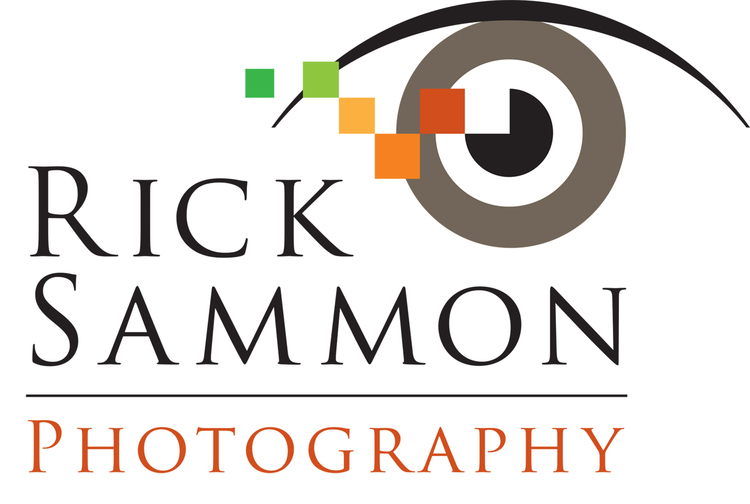It's been a week since I launched my Squarespace site. Turns out it was a smart move. Now everything – my blog, galleries, workshops, seminars, gear and so on – is in one easy to manage place.
What's more, it's fun working with a new and creative medium, one that lets a photographer like myself showcase his work in a clean and cool environment.
As a businessman, and all successful photographers I know are business oriented, I like the fact that I can check traffic and stats from within my site. As a photographer, I like, among many other photo-oriented features, the option that lets me edit my pictures before I post them, again right within Squarespace.
Did I need some help setting up the site. A bit. That's where the 24/7 and Live Chat Squarespace support team came in. It's kinda amazing when you think about it: these folks help people all over the world . . . all day and night.
If you are looking for a home for your site, check out Squarespace. You can start creating a site right now by clicking on the Powered By Squarespace icon on the left.
In designing your site, keep in mind what your mother told you: First impressions are important. Choose your design carefully. Experiment with different templates, which you can customize with different type faces and designs, and change anytime you like.
And think carefully about your home page. I made my Blog my home page because it's where I post, almost daily, what's happening.
And speaking of my blog, if you like the stuff you see here on my blog, you can subscribe here.
If you like stuff like this, you can subscribe to my blog here.
Explore the light,
Rick
P.S. If you want to get some nice photographs for your site, please join one of my workshops.








